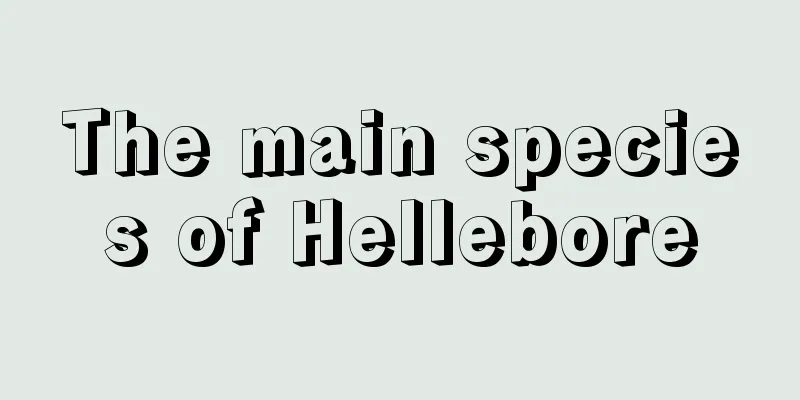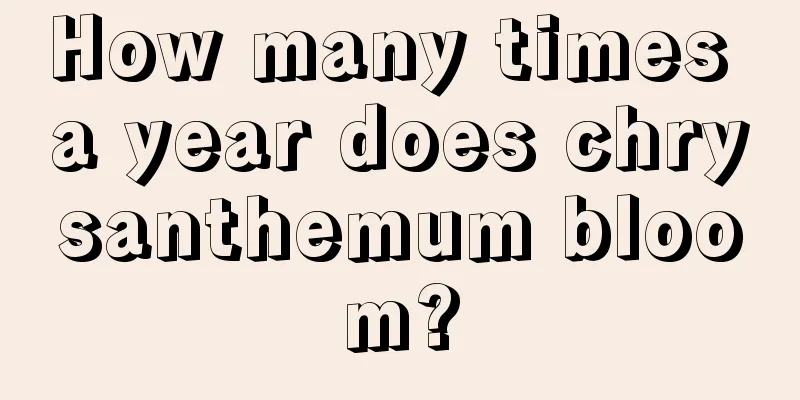Prevention and control of major diseases and pests of Nepenthes

Prevention and control of major diseases and pests of NepenthesLeaf spotSymptomsMany small spots appear on the leaves, which gradually expand to form large brown spots. A black mold layer will form locally and gradually crack. Affects the growth and appearance of the plant. Prevention and treatment methodsStrengthen management, provide proper maintenance, and enhance the plant's disease resistance. When the disease occurs, spray the pesticide to kill bacteria. Spray 1000 times the antibiotic solution. Spray evenly and spray the whole plant including the back of the leaves. Root rotSymptomsWhen the pitcher plant grows slowly and its disease resistance decreases, various diseases will come knocking. When root rot occurs, the above-ground leaves turn yellow and gradually wilt. The underground roots turn brown and rot, and no new roots grow for a long time. Root rot is caused by the invasion of Fusarium. In the early stage, only the wound begins to rot gradually, but it gradually becomes serious and will affect the entire plant. Cold temperatures or excessive watering can trigger this disease. Prevention and treatment methodsNepenthes prefers a warm environment, and the growth temperature should not be lower than 24℃. A high temperature and foggy environment is more conducive to its growth. To avoid root rot, you can mix peat soil, dry cow dung, leaf mold and sand, hang it in the greenhouse and provide appropriate shade. In summer, it should be placed in a high temperature environment, with good ventilation required, and the water should not contain lime when watering. Watering it with cow dung water during its growing period will help root growth. In the early stage of the disease, spray the pesticide in time. You can choose likujing, root rot spirit, and multi-fu zinc. Dilute them with clean water to make a solution and spray them. Main damage caused by insect pestsPrevention and treatment methodsScale insects can be killed by spraying 2000 times diluted 40% dimethoate emulsifiable concentrate. Antifreeze and insect protectionSymptomsNepenthes is a tropical plant and is easily frostbitten when the temperature is low. Many small spots will appear on the leaves. Living in a damp and dark environment for a long time can easily lead to coal pollution disease. In summer, plants are also attacked by pests, such as thrips and scale insects. Prevention and treatment methodsWhen the temperature drops, keep it warm in time, preferably in an air-conditioned room. To avoid being attacked by pests, spray special insecticides in time. Ventilate the room in time, expose it to sunlight, and remove insects immediately if found. |
<<: Disease prevention and control methods of Cymbidium
>>: Disease control methods for Cattleya
Recommend
What are the characteristics of succulent plants? Description of succulent plants
1. Stem and leaf flesh The reason why succulents ...
What plants are suitable for the office?
1. Anthurium: Its leaves can release a certain am...
Method of sowing seeds of Chrysanthemum
Time to sow chrysanthemum seeds The sowing propag...
One of her flowerpots is worth more than your yard
Pansy, horned pansy, primrose, ivy, etc. Cosmos, ...
Is okra poisonous? Who should not eat okra?
1. Is it poisonous? Okra is non-toxic. It is gene...
Cultivation methods and precautions of Curculigo
1. Matrix selection Curculigo likes to grow in lo...
What fertilizer is best for bougainvillea
Bougainvillea fertilization Bougainvillea likes f...
What soil is suitable for growing pear trees?
Suitable soil for pear trees Pear trees like warm...
How to grow a small potted fortune tree
1. Choose a pot When caring for the plant, you ca...
The cultivation method and precautions of David's fleshy plant
Farming methods Soil preparation David is not dem...
How to grow hydroponic flowers to make them more vigorous? Water quality, container and temperature are all important
The focus of hydroponic flowers is water, so the ...
Can the root rot of the lucky tree heal itself?
1. Can it heal itself? The rotten roots of the lu...
What to do if the goldfish spider flower buds dry up and wither
1. Suitable temperature Reason: If the normal mai...
How to grow gray vegetables
1. Maintenance methods 1. Temperature: Glechoma l...
Can mint be grown hydroponically?
Can mint be grown hydroponically? Mint can be gro...









